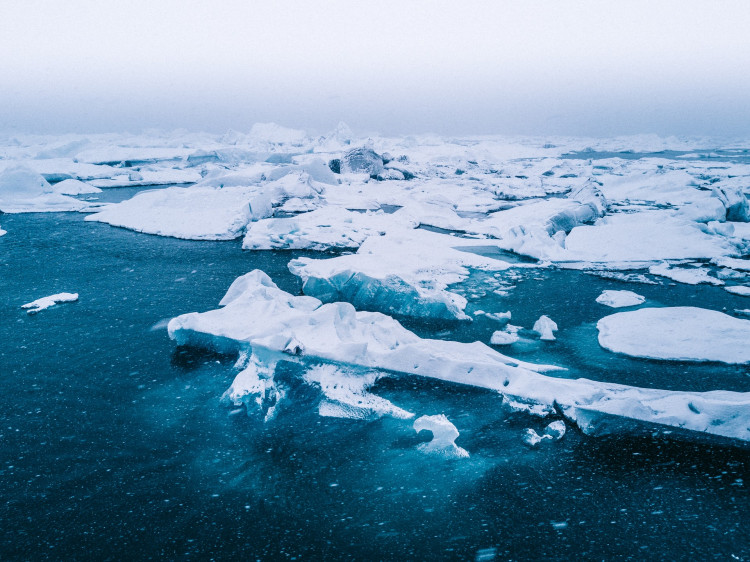A microscopic mammal has resurrected and successfully reproduced after being frozen for 24,000 years, according to a study published by Russian scientists this week.
Bdelloid rotifers are notable for their ability to survive at extremely low temperatures. It has been demonstrated they may survive in temperatures as low as minus 4F for six to 10 years.
In a study, Russian researchers utilized radiocarbon dating to determine that the animals they retrieved from permafrost (ground that remains frozen all year save for a thin layer near the surface) were approximately 24,000 years old.
When they were returned to the lab, the rotifers not only thawed, but also reproduced asexually through a process known as parthenogenesis. They were able to feed as well.
"Our report is the hardest proof...that multicellular animals could withstand tens of thousands of years in cryptobiosis, the state of almost completely arrested metabolism," Stas Malavin, a researcher at the Soil Cryology Laboratory at the Pushchino Scientific Center for Biological Research in Russia, said.
The study, which was published in Current Biology, also discovered that the creatures could tolerate the creation of ice crystals that occurs during slow freezing, implying that they had some method to protect all body parts from severe low temperatures.
It is not the first time that ancient life has been restored from a permanently frozen environment.
Stems of Antarctic moss were successfully regrown from a 1,000-year-old sample that had been covered by ice for almost 400 years, and a living campion flower was regenerated from seed tissue preserved in 32,000-year-old permafrost, apparently kept by an Arctic squirrel.
Simple worms known as nematodes were resurrected from permafrost in two locations in northeastern Siberia, in deposits that were more than 30,000 years old.
Long-dead but well-preserved creatures, like extinct cave bears and mammoths, have also been discovered in permafrost that is thawing in some locations due to the climate crisis.
According to Malavin, it is exceedingly unlikely that larger life forms could survive being frozen in this manner.
"Of course, the more complex the organism, the trickier it is to preserve it alive frozen and, for mammals, it's not currently possible," he said. "Yet, moving from a single-celled organism to an organism with a gut and brain, though microscopic, is a big step forward."


